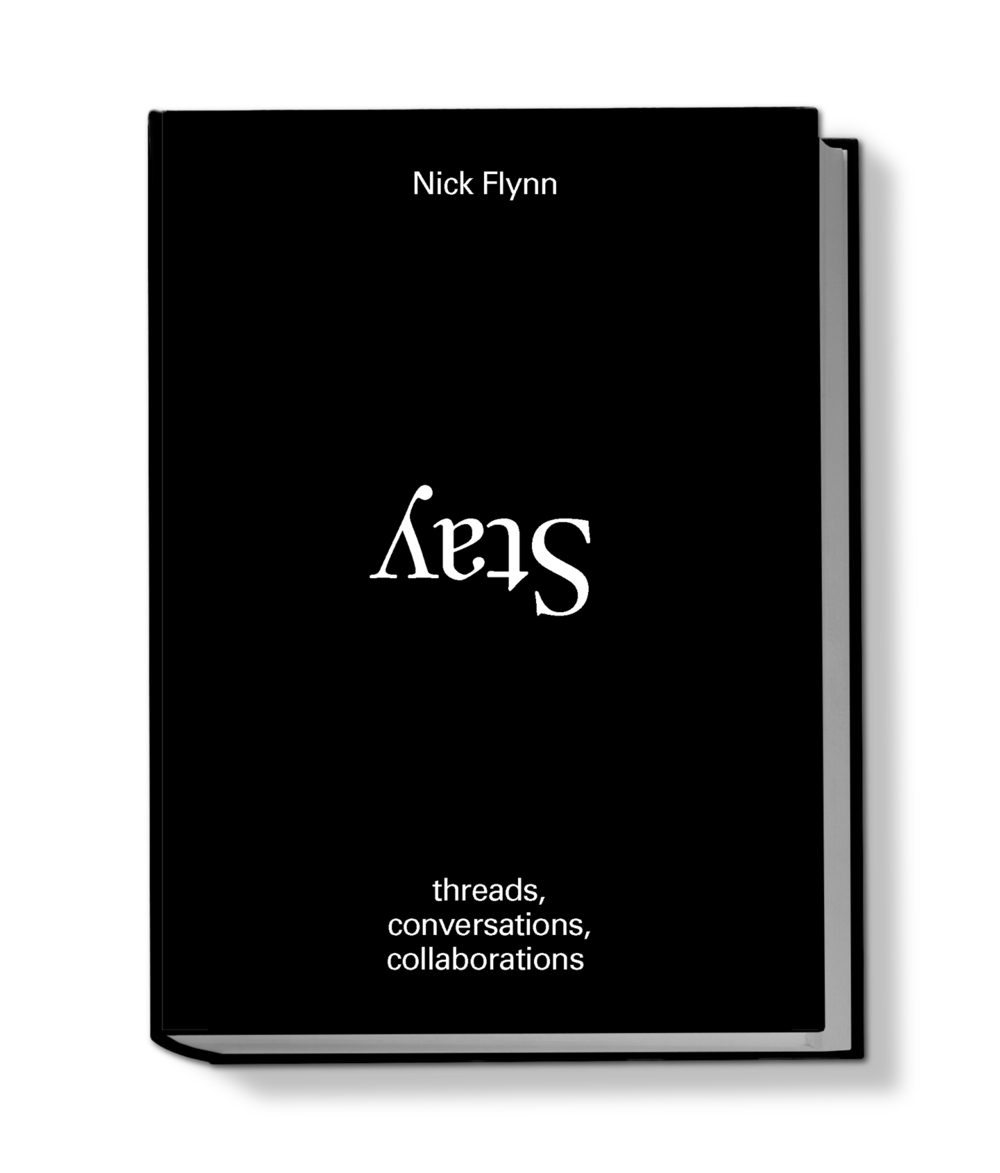THE YEAR OF THE HORSES BY COURTNEY MAUM
When someone who rides horses is asked about their connection to the four-legged, half-ton creatures who make the pastime possible, answers tend to fall in one of two categories: the simple, wherein the horse’s presence is something so everyday, so necessary, that you might as well inquire about the person’s connection with breathing; and the fiendishly complicated, wherein the horse is bound inextricably with the horse-person, yes, but in such a manner that the person can’t help but poke at the places where they’re tied together, looking for answers to explain how they got there. In her memoir The Year of the Horses, Courtney Maum shows herself to be in the latter camp, which is a stroke of luck for the reading public, since the introspection and self-knowledge present on every page of the book are as stunning as the prose itself.
Maum’s book is an exploration—not only of the way that horseback riding helped her return to herself and her family after a period of prolonged depression, but also of the ways that her own nature does and does not mesh with that of the horse, and the places in her life where this is particularly visible. This is a deeply affecting memoir that leaves no proverbial stone unturned—marriage, motherhood, politics, the female body—but always returns to the horse in the end, and for good reason. “I don’t care where you stand on horses,” she says toward the end of the narrative, “if you set out to debunk the hold they have on people, take away their power, prove that they aren’t as enchanting as they seem to be, you will lose, because they are that powerful, they are that moving, they have something that there aren’t words to explain.” Maybe, as Maum says, the world doesn’t contain quite the right words to describe the human connection with horses. But The Year of the Horses gets as close as can be, with an under-the-skin magic reminiscent of the animals themselves.
—Review by Lily Buday









